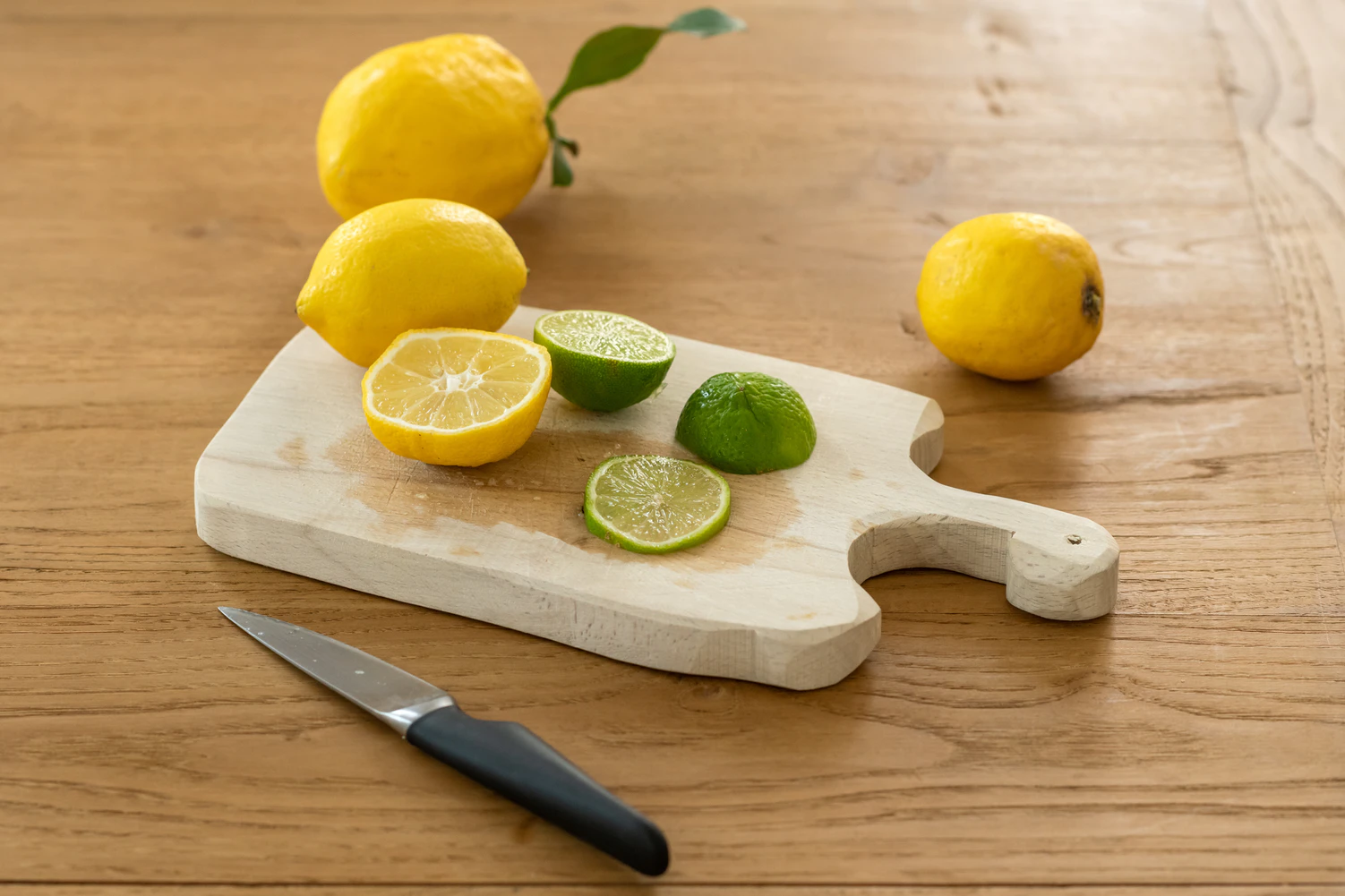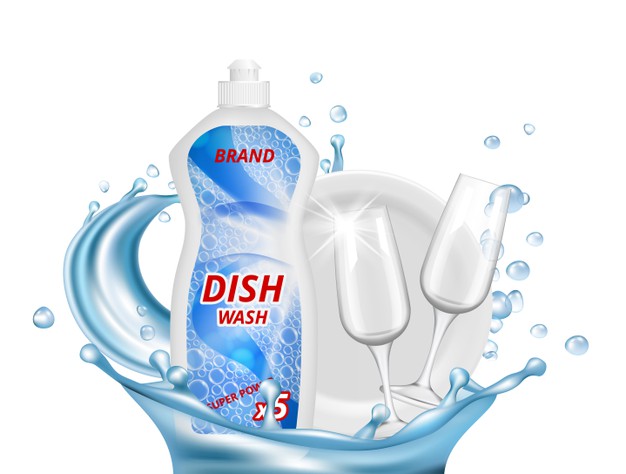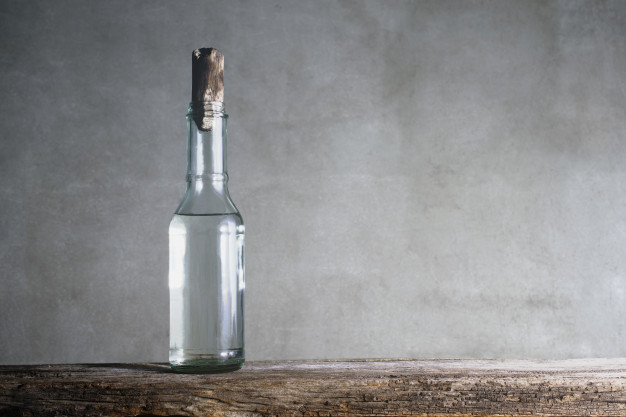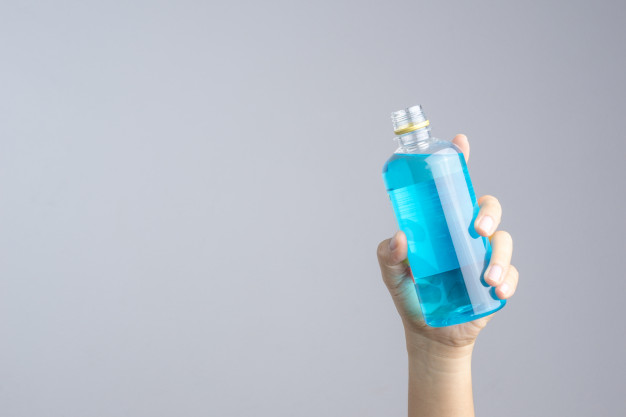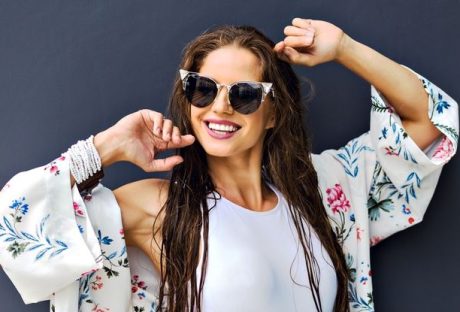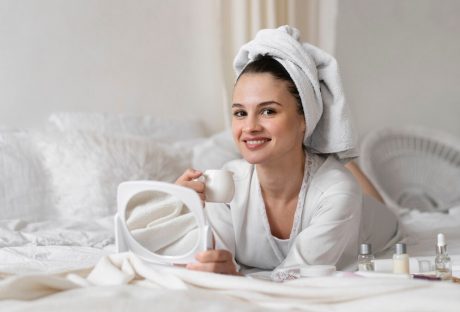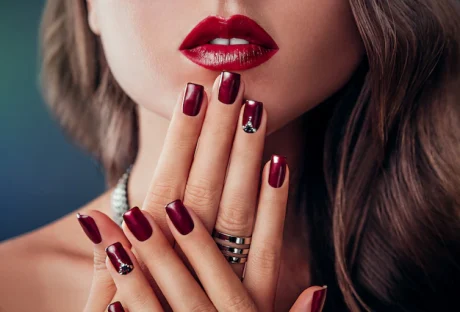As daunting as laundry maybe, it’s more challenging for you to do it when your clothes have stubborn stains. Some stains will not even budge with the usual stain remover you use, and it is not the best way to use laundry detergents with harsh chemicals.
What about natural ingredients for removing stains? Are they an effective method?
You need to be patient in removing stains with natural ingredients. It takes time than using a one-size-fits-all stain remover. If you use the natural ingredients correctly, it will be a highly effective method.
As we go further, remember, always treat stains from the back and avoid rubbing the stain.
Your cupboards or cabinets are filled with these natural ingredients. Start removing tough and stubborn stains with natural and environmentally-friendly stain removers. Keep them in your green laundry routine.
Here are some of the commonly available effective natural stain remover for daily usage:
1. Lemon Juice:
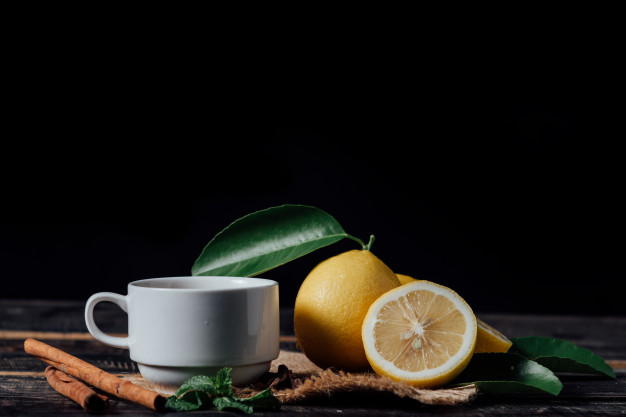
Lemon juice has similar properties to bleach. That’s why you should be careful and handle it properly as you may damage your clothes. You can best use lemon juice to remove food stains on white clothes.
Simply cut a lemon in half, wet the cloth, and squeeze it on the stained area. Let the lemon juice settle on the fabric for 30 minutes or more, depending on the stain. Rinse the clothes before you launder the clothes. The lemon extract provides a refreshing scent making it one of the best natural deodorizing agents.
2. Baking Soda:
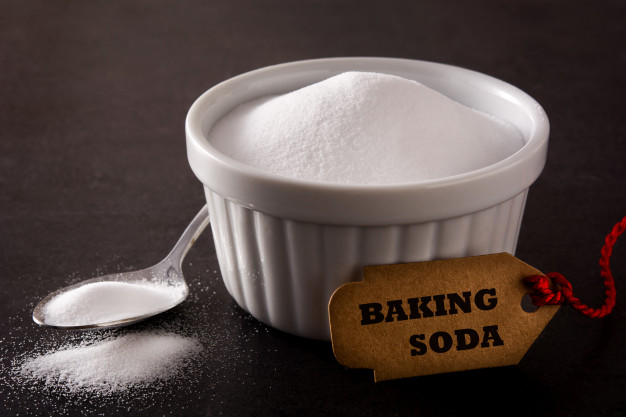
Baking soda has several purposes, and it is an excellent option to remove tough stains. Since it is a mild alkaline, it can sip through the fabric and remove the strong stains.
There are two ways to apply baking soda on stained clothes. You can add the baking soda into the water of a laundry load, or you can create a paste out of it. Creating a baking soda paste only requires you a small amount of water. If you opt for the paste method, apply it to the stained area. You can scrub it gently to prevent damaging the fabric.
3. Borax:
It’s silly to think about the misconception about borax. Some thought it is a harsh chemical because it is associated with the 20 Mule Team. However, borax is a naturally occurring mineral made of oxygen, water, sodium, and boron. Although it has no toxic fumes and is environmental-friendly, it can cause skin irritation and not ingest it.
If you have hard water, it is best to add borax to the laundry load to soften the water, boost the detergent’s performance, and control the odor.
You can see borax in the ingredients of most homemade laundry detergent.
4. Dishwashing Liquide:
Although it is unlikely for some to use dishwashing liquid as stain removers, it is an effective one. It can break down grease and stubborn stains. Stains that are made from greasy foods can break down the oil. If you are fond of gardening, dishwashing liquid and hydrogen mixture can effectively remove grass stains.
It’s easy to use the dishwashing liquid, squirt enough amount of soap on the stained portion. Scrub the dish soap gently and rinse. Launder the clothes in the usual manner. You can also soak your clothes in soapy water for hours, then rinse and launder them the usual way.
5. Distilled White Vinegar:
Another effective natural ingredient to remove stubborn stains is white vinegar. It’s the perfect alternative for chemical-based products. But since it is an acid-based ingredient, you have to handle your clothes with care.
Mix the white vinegar with water to make it less acidic. Treating stains with vinegar needs the help of dishwasher detergent to scrub off stubborn stains. Wet the stained part of your cloth, place enough dishwasher soap, and gently rub it with an ice cube. The tough stains will come off. There will be leftover stains, applying the distilled white vinegar to cut through the stain. Rinse the cloth and launder it in the usual way.
6. Salt:
The most accessible natural ingredients for stain removal is salt. You can have it almost anywhere. If you are out for a lovely dinner and a sauce spilled on your favorite dress, you only have to ask the waiter for a salt.
Let’s say a tomato sauce dripped on your dress, remove the sauce with a tissue and place a pinch of salt on the stain. The fresh stain will disappear after 15 minutes. If there are still residues on the cloth, damp a napkin and gently tap on the stain.
Moreover, salt is not only an excellent stain remover. It can also brighten the color of your clothes. You can wash your regular clothes with a saltwater solution to bring life to your faded wardrobe items.
7. Hydrogen Peroxide:
Remember the bubbly oxidizing agent in your medicine cabinet? Hydrogen peroxide is an excellent alternative to chlorine bleach. You do not have to use a harsh chemical to whiten your clothes.
Since hydrogen peroxide is an oxidizing agent, it can break down water and oxygen, making it safer for the environment. If you are having trouble with yellowish discoloration in the underarm and stains from curry, red wine, or nail polish, hydrogen peroxide is the best solution.
8. Meat Tenderiser:
If you do not know, your meat tenderizer in the kitchen is an effective stain remover! It works best for protein-based stains. Did your baby vomit on her bib? You only have to wet the stained clothing and sprinkle the meat tenderizer on it. Let it settle for half an hour before your launder it in the usual manner.
Meat tenderizers break down meat proteins to make them tender and more comfortable to chew. Thus, stains from body fluids such as vomit or blood are easily broken down because of their protein components.
There you go! 8 natural ingredients to effectively remove the stubborn stains you are dealing with without using harmful and harsh chemicals. Single-handedly remove the stains.
However, if the stains happened in delicate fabrics, it is best to bring your clothes to dry cleaning.
Read Also:













